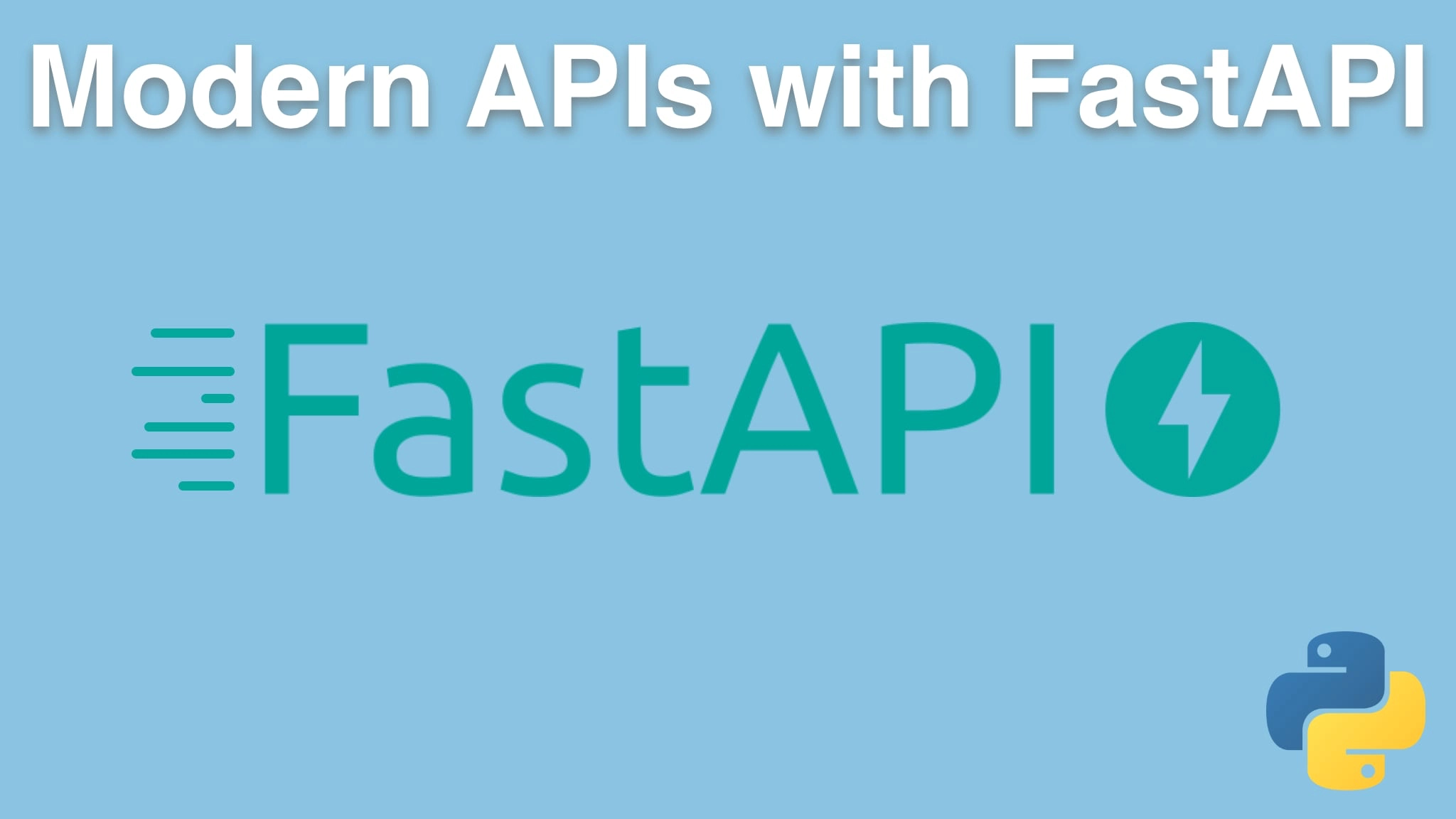Modern APIs with FastAPI and Python Transcripts
Chapter: Welcome to the course
Lecture: The big ideas covered in the course
Login or
purchase this course
to watch this video and the rest of the course contents.
0:00
Let's take just a moment and talk about what we're going to cover in the course. Instead of going chapter by chapter by chapter,
0:06
just these are the bullet points of what we're gonna talk about. I just want to set the stage for the big ideas we're gonna cover and we're gonna
0:12
weave them in and out throughout the various chapters. We're going to start by building a simple API, and I really want you just get a sense of like,
0:20
here's the essence of FastAPI before we get into any of the details, so right away we're just gonna build a simple API.
0:27
And then we're gonna explore these language features, these modern Python language features. What is Pydantic?
0:33
What is async and await and how do you use it? All those things, type annotations, type hints, we're gonna explore the language features
0:39
so you're in a position to absolutely take advantage of all of them as we go through the rest of the course.
0:45
We're gonna talk about Pydantic in particular because it's such an important way to model the data exchange and the data validation.
0:51
So we're gonna focus big time on Pydantic. Also, one of the things that FastAPI doesn't make immediately obvious is how do I actually have a web page?
1:01
So if I build an API, it has this data exchange and not everything is even executable within a browser,
1:08
potentially. You could have something that requires a post, or a delete HTTP verb, which is hard to make the browser do without a little bit
1:15
of a plug-in or something, right? You just can't click the links.
1:18
You'll see that we can use the same templating language as Flask has, Jinja, to actually
1:24
write and serve static HTML or dynamic HTML even and then static files.
1:29
So you could add a little bit of the functionality of what Django or Flask brings by default. You could do that in here is well,
1:37
we're gonna focus on making that possible. So instead of having two different frameworks, one for your API and something for the Web page part,
1:44
you could just do it all in FastAPI. After we get all this set up and in place,
1:49
what we're gonna actually do is build a much richer application that we're gonna build throughout
1:53
the rest of the course. We're gonna focus on building a rich, full featured
1:57
API that takes advantage of data exchange, data validation, async and await, calling external services, all that kind of stuff.
2:05
And then we're going to round out the course by taking that full featured API that
2:08
we're going to build and deploying it out on the Internet on a virtual machine.
2:12
So we'll take you through all you gotta do to set up Linux to run production grade FastAPI applications out there on the Internet in some cloud host.
2:22
So much exciting stuff here, really looking forward to going through it all with you and so these are a lot of neat ideas,
2:27
and we're gonna weave them through the course as we go through the content.
